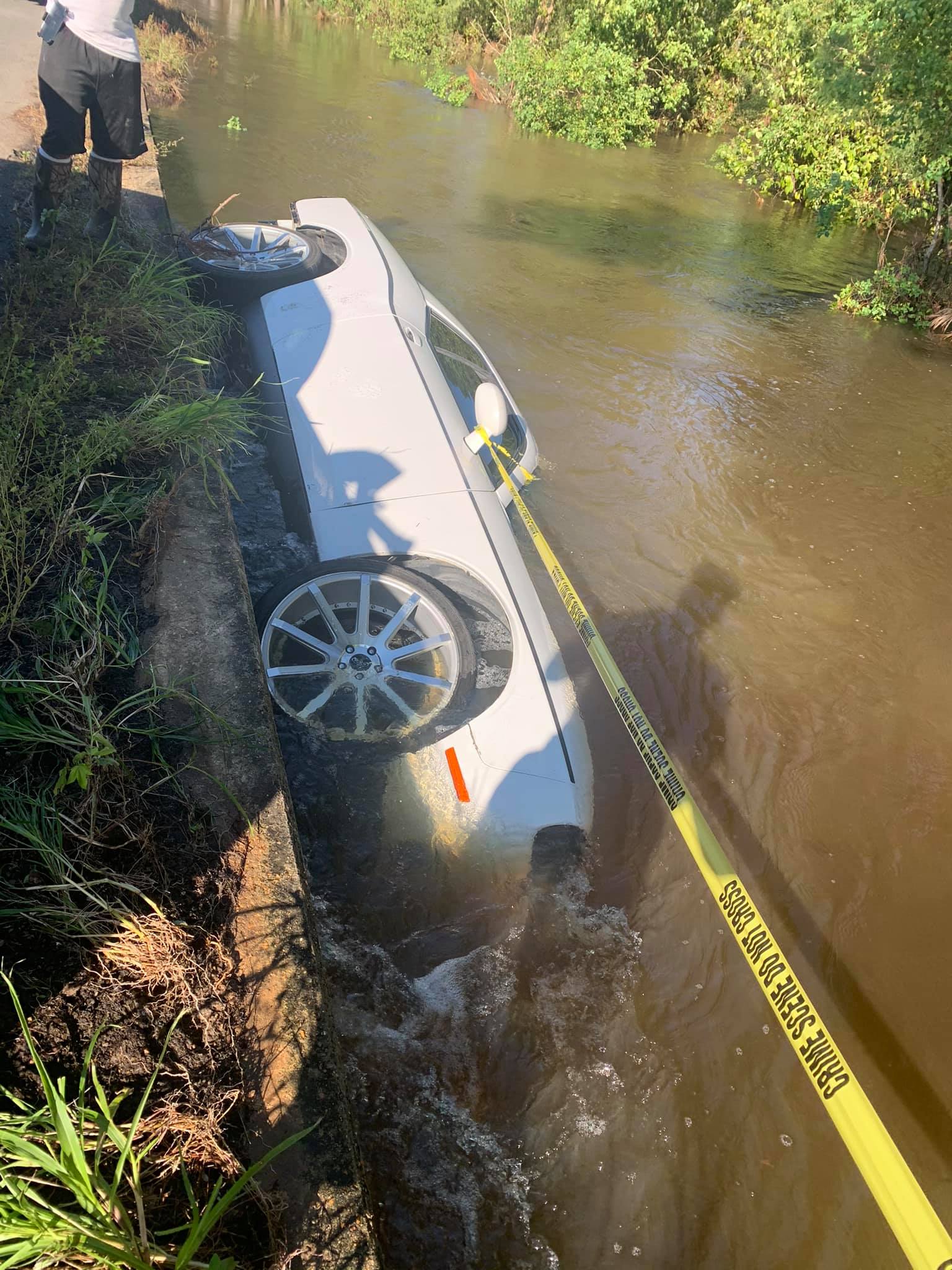Before handing over the keys to my 1500 kg steel cage on wheels, here are a few must-dos to ensure safety:
1. First Drive? Start in a Safe Space
For new drivers, always begin in a parking lot or low-traffic area. This allows them to gain control and confidence in a safe environment without risking other road users. More importantly, allowing them to learn the basics without fear of harming themselves or others or a parent’s car.
2. Co-Pilot Control: Safety Tips
STEERING WHEEL
Start by co-steering. Place your hand under the new driver’s arms and grip the bottom of the wheel. This lets you keep the car straight if needed. Practise this together until both feel comfortable with this shared control.
PARKING BRAKE
Use the parking brake to slow the car when necessary. Practise this with the driver so they understand how it works. It’s a backup tool for emergencies and teaches the driver about vehicle mechanics.
NEUTRAL
Know how to shift into neutral without looking. Sliding to “N” (neutral) can cut power to the gas without stalling the car. Practise shifting together, so both of you can act quickly if needed.
VOICE COMMANDS
Agree on simple commands like:
- “Brake, brake, brake” – Press and hold the brake.
- “Gas, gas, gas” – Gently accelerate.
- “Cover the brake” – Place your foot over the brake in anticipation.
Practise these commands in a safe area to build understanding and teamwork.
3. Start with a Pro
The safest option? Begin with a professional driving instructor. They have the experience, training, and dual-control cars to minimize risk. While well-meaning family members often help, mistakes during early learning can cause accidents or long-term anxiety for the new driver. But please, make sure the instructor have more than the basic 3 or 4 weeks of training
4. Driving is a Lifelong Skill—Start Safely
Avoid shortcuts or risky practices. Choose a high-quality, insured instructor to set your new driver up for success. Poor training at the start can lead to lifelong challenges.
We Evolve. They Can Evolve.
Hire a qualified driving instructor to ensure safety and confidence from day one. Often finding the quality is difficult to find.





Comments are closed